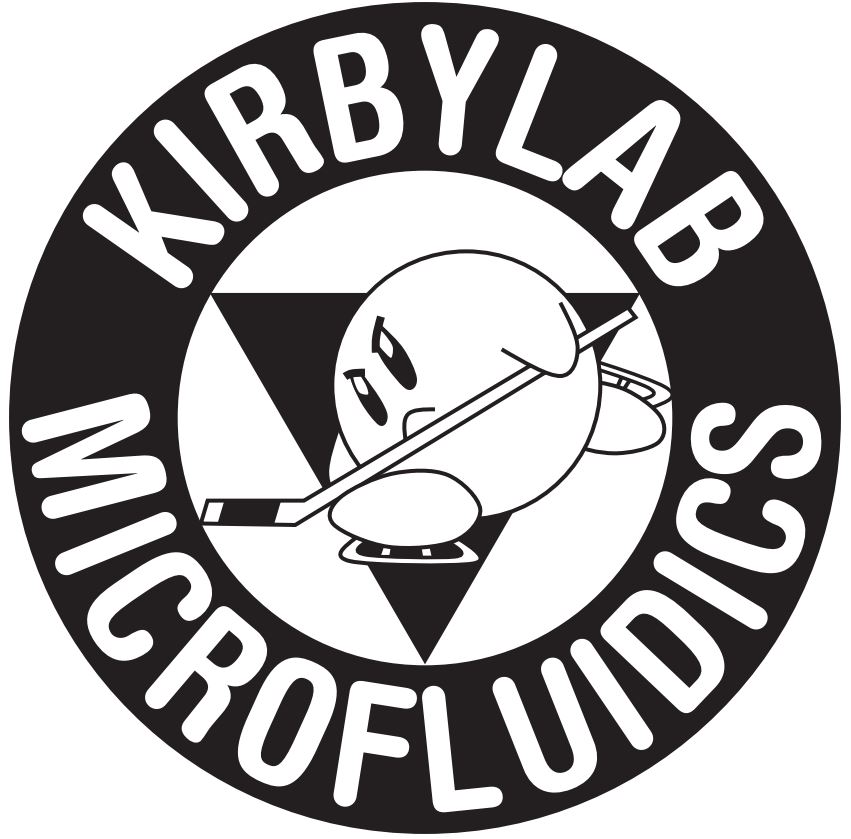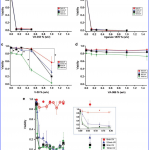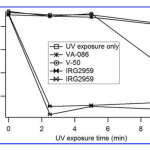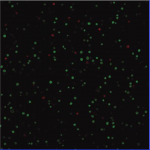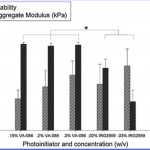Tissue Engineering C, 2011: Methods for photocrosslinking alginate hydrogel scaffolds with high cell viability
Citation: Rouillard AD, Berglund CM, Lee JY, Polacheck WJ, Tsui YT, Bonassar LJ, Kirby BJ. Methods for photocrosslinking alginate hydrogel scaffolds with high cell viability, Tissue Engineering C, 17(2) 2011. doi pdf
Abstract: Methods for seeding high-viability (>85%) three-dimensional (3D) alginate–chondrocyte hydrogel scaffolds are presented that employ photocrosslinking of methacrylate-modified alginate with the photoinitiator VA-086. Comparison with results from several other photoinitiators, including Irgacure 2959, highlights the role of solvent, ultraviolet exposure, and photoinitiator cytotoxicity on process viability of bovine chondrocytes in two- dimensional culture. The radicals generated from VA-086 photodissociation are shown to be noncytotoxic at w/v concentrations up to 1.5%, enabling photocrosslinking without significant cell death. The applicability of these photoinitiators for generating 3D tissue-engineered constructs is evaluated by measuring cell viability in 3D constructs with aggregate moduli in the 10–20 kPa range. Hydrogels with encapsulated bovine chondrocytes were constructed with >85% viability using VA-086. While the commonly used Irgacure 2959 is noncytotoxic in its native state and crosslinks the alginate at weight fractions much lower than VA-086, the cytotoxicity of IRG2959’s photogenerated radical leads to viabilities below 70% in the conditions tested.
Figures:
- FIG. 1 Viability of primary bovine articular chondrocytes plated at a density of 1e4cells/cm^2 into six-well plates, exposed to several different UV exposure times and different concentrations of (a) VA-044, (b) Irgacure 1870, (c) V-50, (d),VA- 086, (e) Irgacure 2959. End viabilities measured after 48 h of culture. Bars are mean +-standard deviation. *p < 0.05. Inset in (e) highlights results at low Irgacure 2959 concentration. Effects of UV exposure alone are seen in the results at 0% (w/v) of each photoinitiator. UV, ultraviolet. Color images available online at www.liebertonline.com/ten.
- FIG. 2 Viability of primary bovine articular chondrocytes plated at a density of 1e4 cells/cm^2 into six-well plates, graphed as a function of UV exposure times for 0.5% (w/v) photoinitiator. Two measurements of Irgacure 2959 are shown. The effect of the cytotoxicity of the photoinitiated radical is clear from the viability change for Irgacure 2959 at 2.5–10 min and for V-50 at 10 min; in comparison, the VA-086 radical appears to not be cytotoxic, and viability with VA- 086 is not significantly different from UV exposure alone.
- FIG. 3 Confocal micrograph of primary bovine articular chondrocytes seeded at a density of 50e6 cells/cm^3 into photocrosslinked alginate by use of VA-086. Image acquired following 48h of culture. Color images available online at www.liebertonline.com/ten.
- FIG. 4 Viability of primary bovine articular chondrocytes and aggregate modulus of three-dimensional alginate hydrogels fabricated using IRG2959 and VA-086 photoinitiators of varying concentration and 5 min UV exposure times (n 1⁄4 3). End viabilities and material properties measured after 48 h of culture. Bars are mean +- standard deviation. *p < 0.05.
